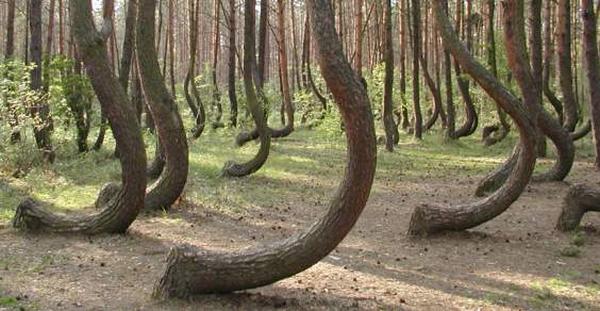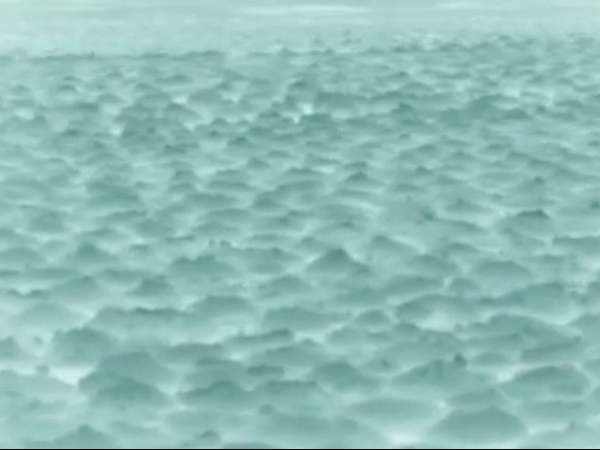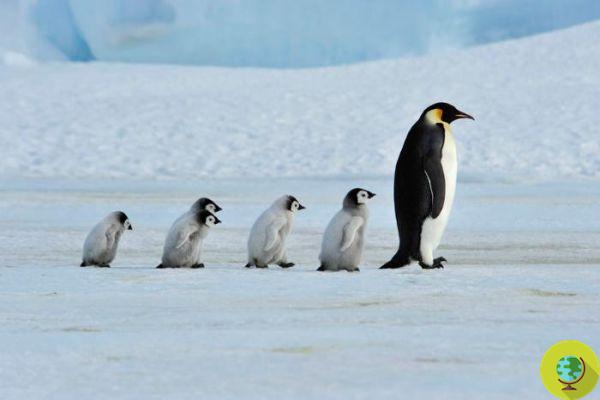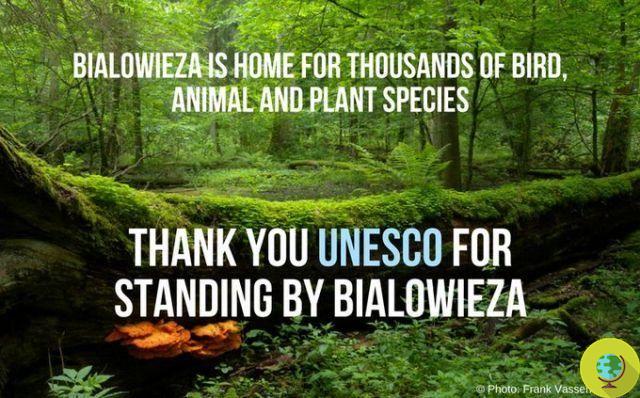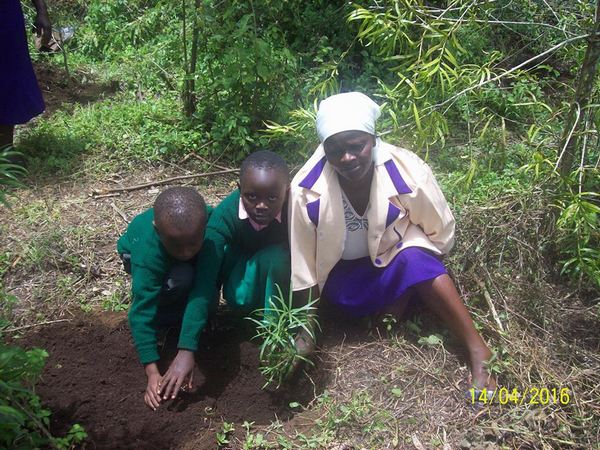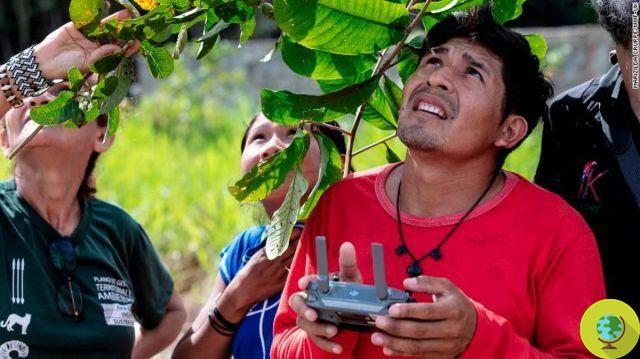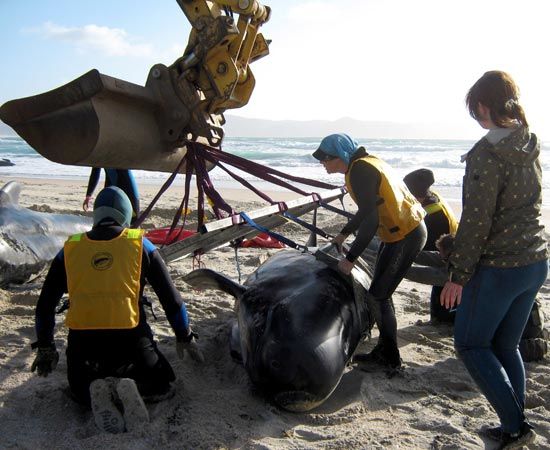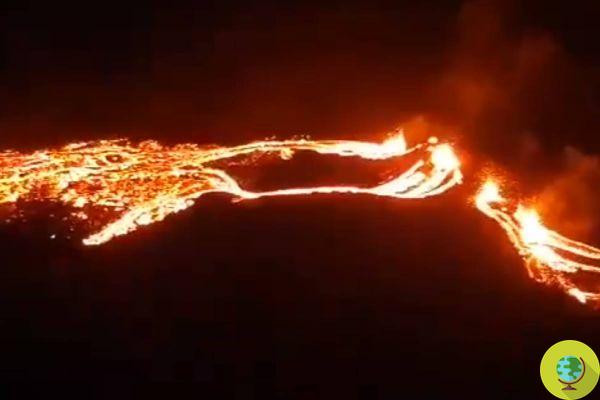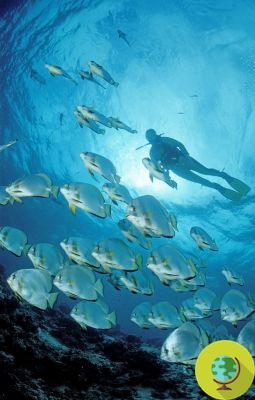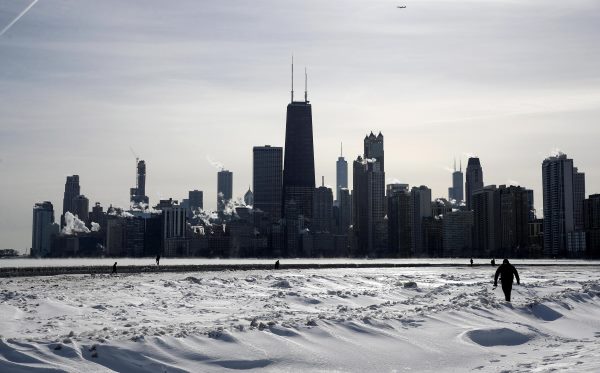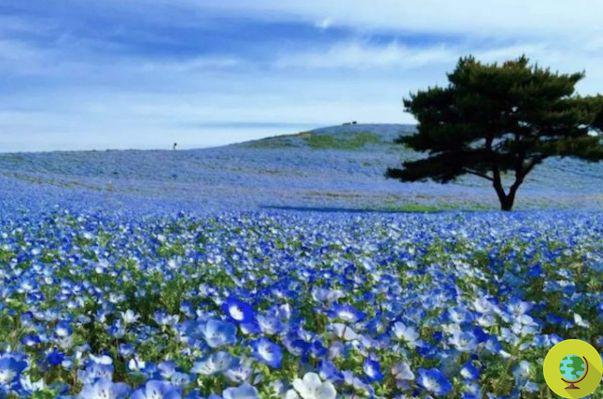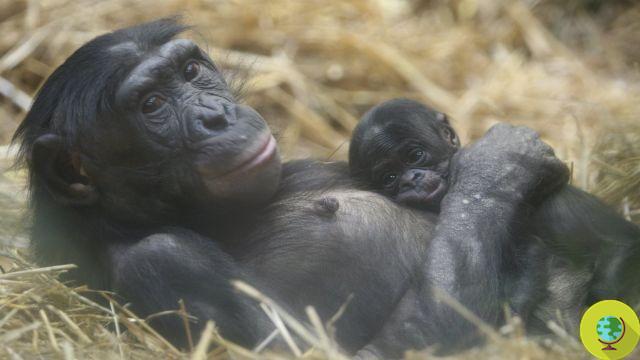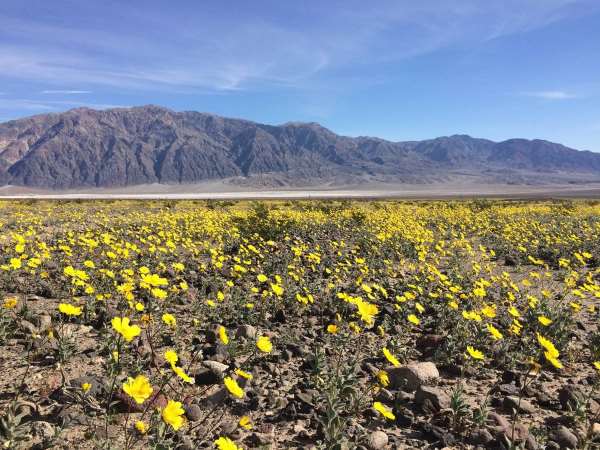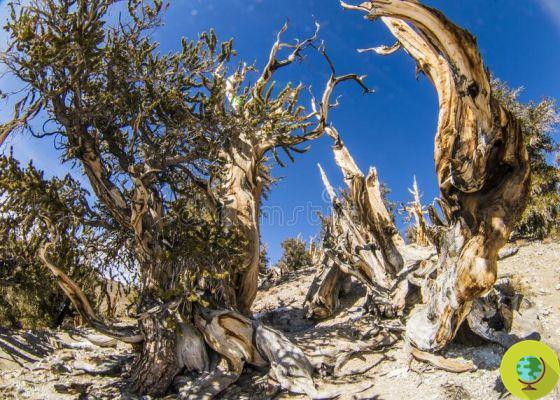The Batagaika crater in Siberia is widening by about 20-30 meters per year. An impressive pace due to changes in the climate.
The indigenous peoples call it the "gate of hell" because of the noises that would come from underground. Actually the crater of Batagaika, in Siberia, is a "thermocarsic crater" which, according to scientists, is getting bigger and deeper, due to further thawing of the permafrost and detecting animal and ancient forest carcasses. All because of climate change.
Located near the Yana River Basin approximately 660 kilometers northeast of the city of Yakutsk, the Batagaika o crater is the largest of its kind and, to date, already measures 1km long and 50m deep.
Found horse 40 thousand years ago: it was hidden in the Siberian permafrost
It is in fact rapidly thawing, which means that the already large space is getting bigger and bigger at an alarming rate and could literally engulf neighboring settlements.
The Siberian tundra is home to many of what are referred to as "megaslumps" (several have been identified in recent decades), but the Batagaika crater is among the most troubling.
Siberia: two more new craters discovered (VIDEO)
The sensors that monitor the growth of the crater, in fact, warn that it is widening by about 20-30 meters per year, as its ice melts and dissolves in the flowing water. Below the surface, gases and mineral deposits trapped under the ice for thousands of years are suddenly exposed again.
Why all this? THE climate changes, needless to say, they are accelerating this process, exposing gases and mineral deposits that had been trapped under the ice for thousands of years and releasing them into the atmosphere.
Kseniia Ashastina, of the German Max Planck Scientific Institute, told the BBC: “Ice turns into water, which evaporates or melts and flows away, while residual sediments are no longer held together by the ice. This results in an uneven surface of the landscape, due to the variable ice content of the sediments ”.
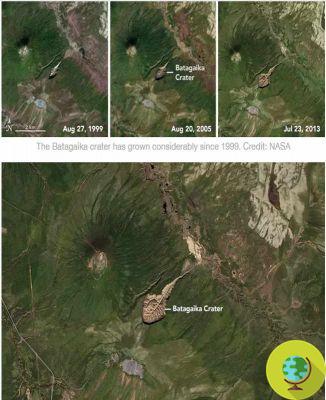
© NASA
According to geology professor Julian Murton of the University of Sussex, the problem started in the 50s and 60s.
"The problem with Batagaika - he says - is that despite having survived multiple episodes of warming in the past, where warming has been natural - in the last 50 or 60 years human disturbances have destabilized this ancient permafrost".
Scientists continue to monitor the site, looking for warning signs and at the same time exploring the dissolving permafrost to understand more about the past, with each layer essentially revealing a different snapshot over time.
According to Murton, following investigations into the age of the lower layers of the permafrost, the crater could be around 650 years old, making it the oldest of its kind in Eurasia and the second oldest in the world.
However, all of this is truly alarming. The forest fires of the past three summers have destroyed millions of acres across Siberia, covering the earth in dark soot and charcoal that absorb heat and accelerate melting.
Arctic ablaze (again): Siberia is burning like never before. The disaster seen from satellites
The escalation of the fires this year was a real heat wave that set Siberia on fire. For one thing, on June 20, the city of Verkhoyansk, just 75 kilometers from Batagaika and one of the coldest inhabited places on Earth, reached 38 ° C, the hottest temperature ever recorded in the Arctic.
The Arctic itself, according to what we read in Sciencemag, may have already reached a point of no return: on the basis of observations conducted in 100 areas, the northern permafrost has released on average about 600 million tons of carbon more than the absorbed vegetation. every year from 2003 to 2017.
Record-breaking heat "would actually be impossible without man-made climate change," the scientists comment. And we need to keep this in mind once and for all.
Font: BBC / Sciencemag
Read also:
- Record-breaking temperatures in Siberia are quadrupling fires, the forest burning like never before
- Breaking every record of heat in history at the Arctic Circle: 38 degrees in Siberia
- Siberia has been burning for two months and now the consequences can also be seen from the satellite




